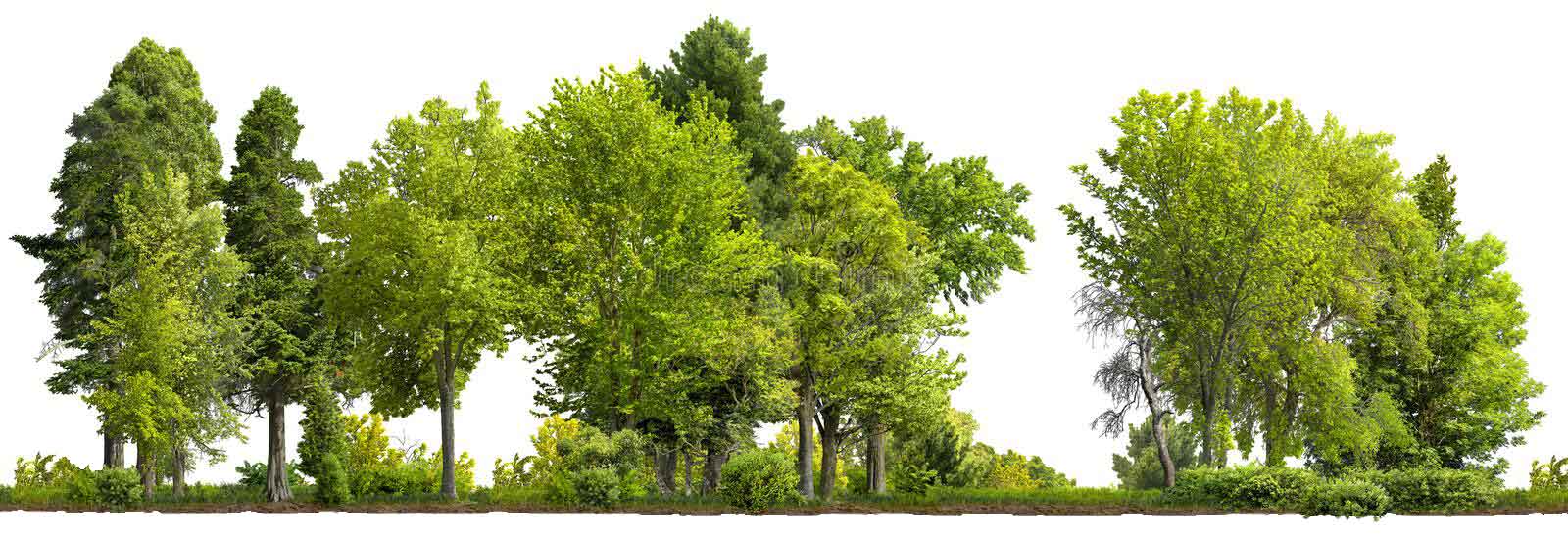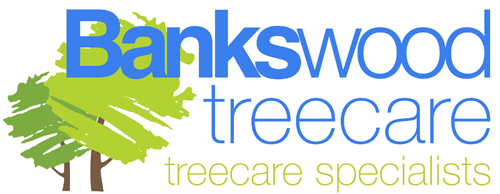FAQ's
Frequently Asked Questions
Here we have provided a list of the most asked questions, queries, challenges and concerns that we regularly receive from our clients to which our expert tree surgeons are delighted to offer their advice.
If you have a question which is not on this list, please feel free to contact us directly, we endeavour to answer all queries immediately.
What is tree felling?
The action of cutting down a tree to prevent the spread of disease and improve safety in the area.
Is an Arboriculturist and Tree Surgeon the same thing?
Yes they are. An arborist, tree surgeon, or (less commonly) arboriculturist, is a professional in the practice of arboriculture, which is the cultivation, management, and study of individual trees, shrubs, vines, and other perennial woody plants in dendrology and horticulture.
Do I need a licence to cut my tree in my garden?
Up to 5 cubic metres of timber (a stack of timber the size of a small car) may be felled each calendar quarter, from your garden, without a felling licence.
What is the Countryside and Wildlife Act 1981?
Before carrying out any work it is necessary to carry out a risk assessment in accordance with the Countryside and Wildlife Act 1981.
This includes checking for protected species such as bats, birds and mammals.
Why is felling important?
The felling of trees is a normal and important part of good woodland management. It is also key to sustaining good woodland condition by letting in light that allows natural regeneration to happen and wildlife to thrive.
Therefore, our local trees and woodlands need to be managed in the right way and at the right time of year, and most importantly, that the felling is managed legally.
Does everyone need a felling licence?
Before anyone can cut down trees, they may need to get a felling licence from the Forestry Commission.
It is an offence to fell trees without a licence, where one would have been required. There are some exceptions that can apply, but in many instances a felling licence will be required.
These licencing measures are not new; they have been in force for 50 years and help maintain compliance with environmental standards that ensure the sustainability of woodland management and wood production (UKFS) to protect England’s highly valued trees and woodlands.
Therefore, our local trees and woodlands need to be managed in the right way and at the right time of year, and most importantly, that the felling is managed legally.
What is the BS3998 (British Standards for tree work)?
The Standard for Tree Work was published in 2010, detailing how tree surgery works and how stump management should be conducted.
If you have trees that need pruning, make sure to only use a tree surgeon who works to BS3998, which covers the management of trees, considering the soil, growing environment and the needs of other trees in the vicinity.
How can I report suspected illegal felling?
If you suspect tree felling does not have the necessary permission, and may in fact be an illegal felling incident, then there are various checks you could do before reporting the incident to the Forestry Commission.
Please check to see:
- if there is an approved Felling Licence in place.
- if the tree felling is part of some infrastructure work
Links ot the check’s can be found here: Government Website on Illegal Tree Felling
Is it illegal to cut down trees when birds are nesting?
It is an offence to cut down a hedge or tree intentionally or recklessly whilst there are birds nesting in it.
In this context it means that if you cut the tree down knowing there was a chance that birds were nesting there and you didn’t check, then you would have been reckless and therefore guilty of the offence.
What is a Tree Preservation Order?
A Tree Preservation Order is an order made by a local planning authority in England to protect specific trees, groups of trees or woodlands in the interests of amenity. An Order prohibits the:
- cutting down
- topping
- lopping
- uprooting
- wilful damage
- wilful destruction
… of trees without the local planning authority’s written consent.
If consent is given, it can be subject to conditions which have to be followed. In the Secretary of State’s view, cutting roots is also a prohibited activity and requires the authority’s consent.
For all details on this topic please visit: Gov.UK
*** Over the years we have built up a relationship with local councils from all areas.
If your trees are in a conservation area or it is covered by a tree preservation order, then we can offer advice and apply for permission to carry out any necessary works.
We always offer the best advice for the health of the tree.
Is my Tree in a conservation area?
The local authority makes a copy of the request to protect trees and is available for public inspection at its offices.
Find out which trees are protected by a conservation area by using the government website and their search function:
*** Over the years we have built up a relationship with local councils from all areas.
If your trees are in a conservation area or it is covered by a tree preservation order, then we can offer advice and apply for permission to carry out any necessary works.
We always offer the best advice for the health of the tree.
What is an Arboriculturalist?
An Arboriculturalist is an amenity tree specialist. Arboriculture deals with all aspects of the growing, maintaining and removing of woody plants for any reason other than as a timber crop.
Arboriculturalists work in towns and cities as well as in the countryside. Because Arboriculture is not limited to timber crop trees, the variety of species and situations the Arboriculturalist must be prepared to assess and understand is almost endless. Arboriculture is a service industry, seeking to reconcile the fears, needs and aspirations of people to the impacts, liabilities and constraints of the trees around them.

